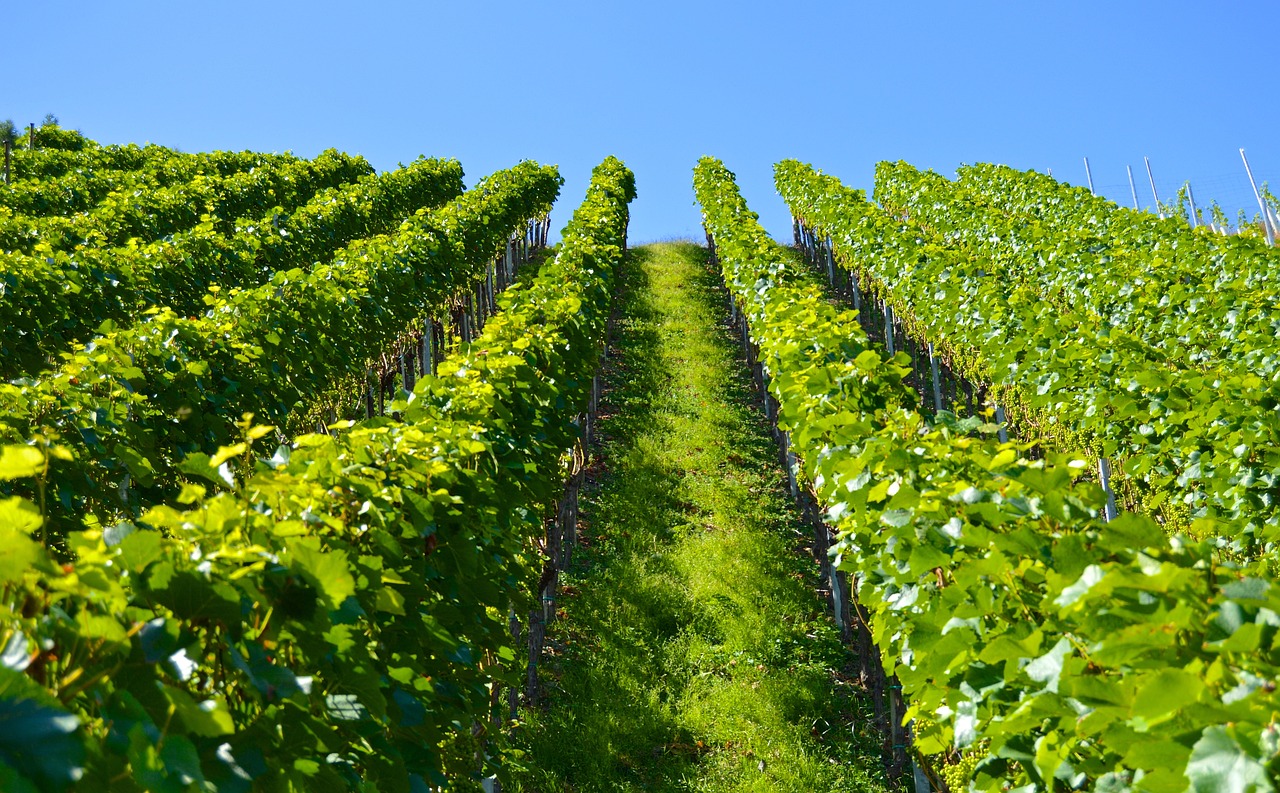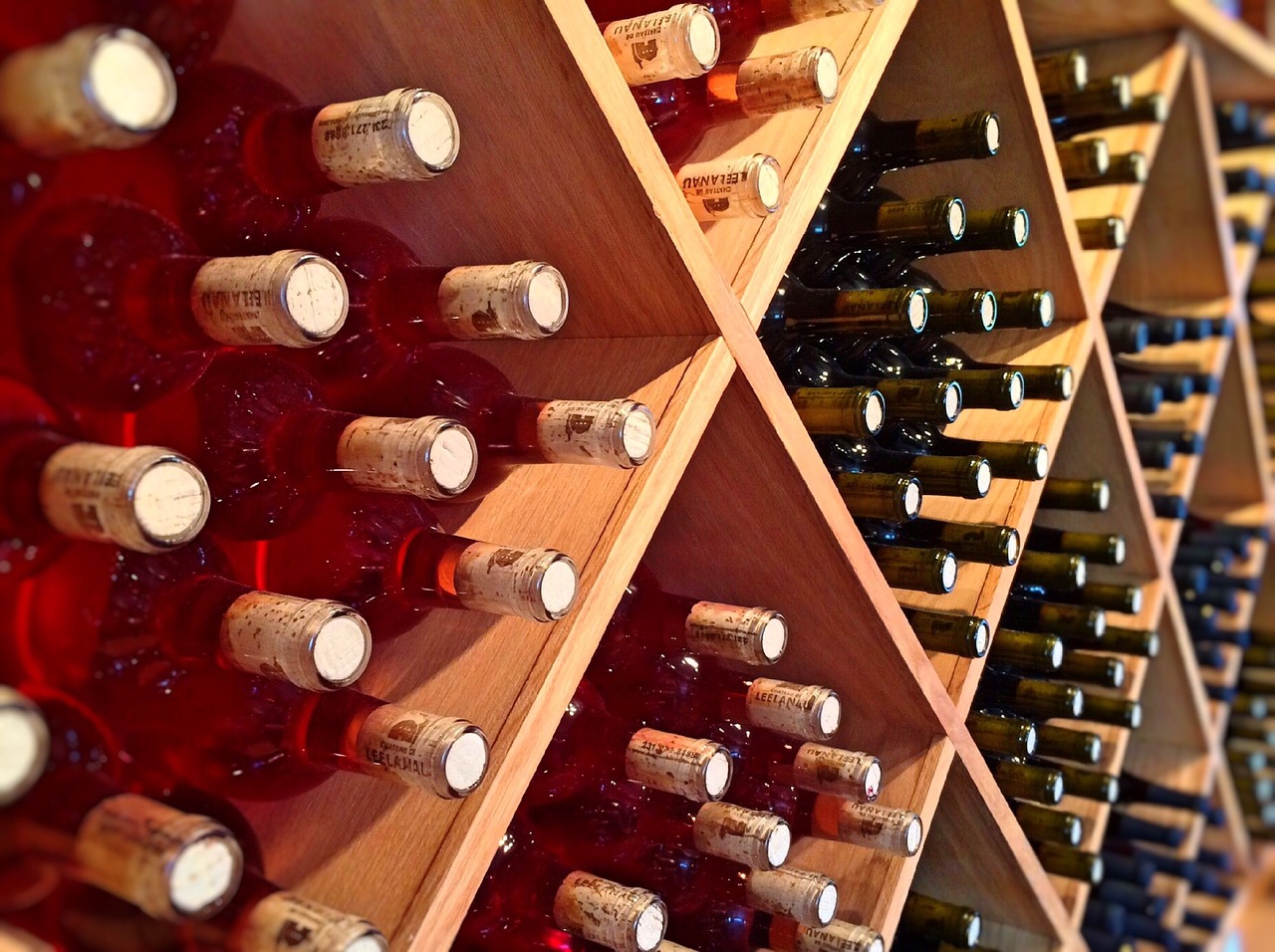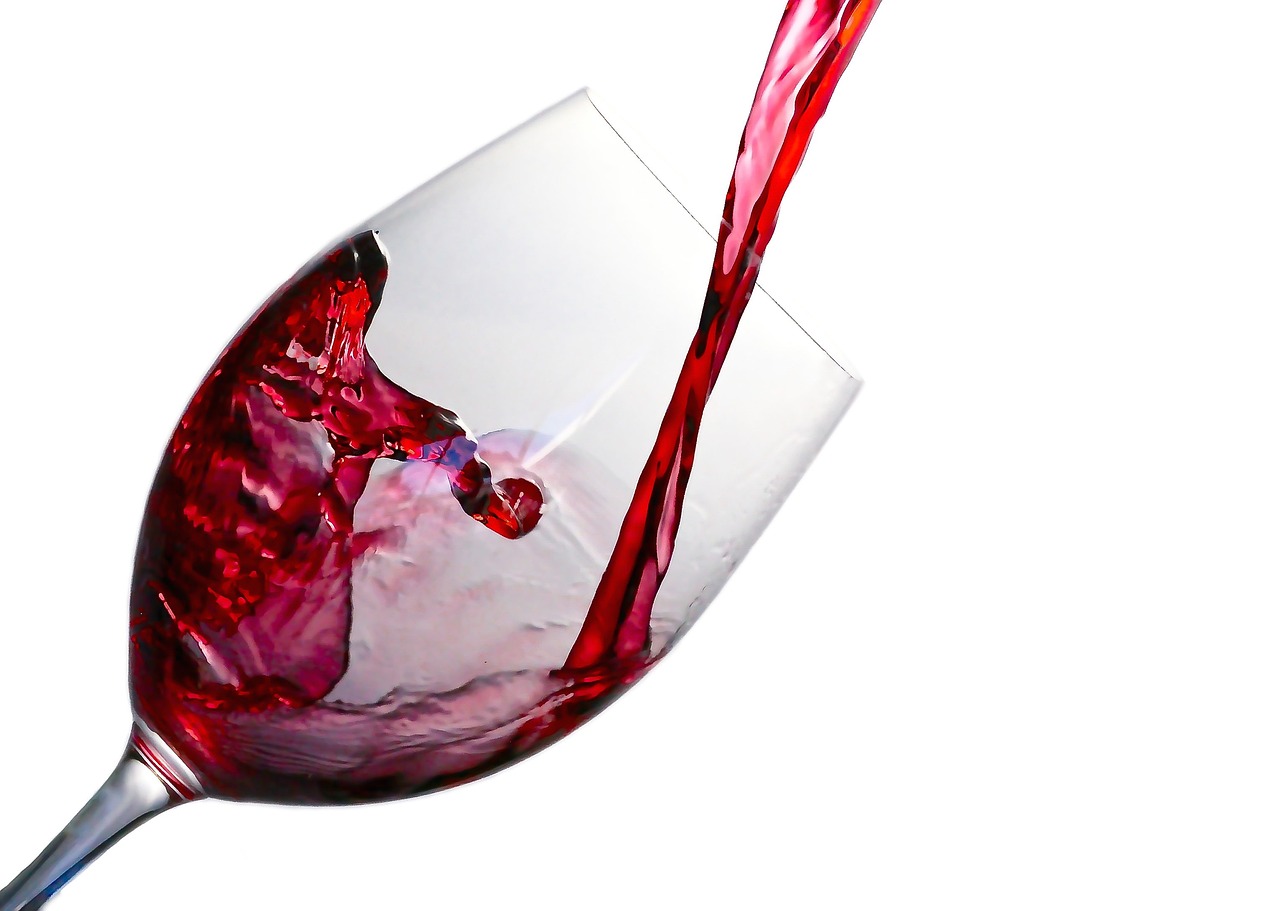
In the French wine world, the question of the surface area needed to make a living from one's estate is crucial for any aspiring winegrower. This article explores the determining factors and regional specificities that influence the optimal size of a profitable wine estate.
With a total surface area of 750,000 hectares, France's vineyards are a mainstay of the country's agricultural economy. Every year, France produces around 40 million hectolitres of wine, generating sales of several billion euros for the wine industry. French wines, renowned for their quality, are exported all over the world, making France one of the world's leading wine producers and exporters.
The wine market has undergone profound changes since the 20th century. Falling domestic consumption and increased competition on international markets are forcing wineries to rethink their business model. Average wine prices vary considerably from one appellation to another and from one vintage to another, directly influencing the profitability of wineries.
The yield of a vineyard, expressed in hectolitres per hectare (hl/ha), is an essential criterion. It varies according to region and appellation:
On average, one hectare of vines produces 50 to 60 hectolitres of wine, or around 6,600 to 8,000 bottles.
It should be noted that in Champagne, yields are expressed in kilograms per hectare (kg/ha) rather than hectolitres per hectare (hl/ha). This practice is specific to the region and has several explanations:
The selling price of a bottle has a major impact on profitability. An estate producing top-of-the-range wines, such as certain Burgundy or Côtes de Bordeaux crus, will be able to make a living from a smaller surface area than a producer of entry-level wines or vins de pays. Distribution channels (direct sales, trade, export) also influence margins.
The costs involved in growing vines and making wine vary depending on the practices used (conventional, organic, biodynamic) and the level of mechanisation. On average, the cost of producing a bottle of PDO wine is between €3 and €5.
For a small family estate growing conventional wine, a surface area of 5 to 10 hectares may be enough to generate a decent income, provided that costs are kept under control and production is well-priced. This size generally allows production of between 30,000 and 60,000 bottles a year.
A farm of between 15 and 30 hectares represents an average size that can employ several people and generate a comfortable income. It also offers greater flexibility in terms of product range and distribution channels.
Above 30 hectares, we enter the category of large winegrowing estates. These operations require more complex management, but offer economies of scale and a stronger presence on national and international markets.
The area needed to make a living from his estate varies considerably from one French wine-growing region to another:
Dans le vignoble bordelais, une exploitation de 20 à 30 hectares est souvent considérée comme viable. Cependant, dans les appellations prestigieuses comme Saint-Émilion, des domaines plus petits peuvent être très rentables grâce à la forte valeur ajoutée de leurs vins.
In Burgundy, where land is particularly expensive and fragmented, estates of between 5 and 10 hectares can be viable, especially if they have plots in renowned appellations such as Côte de Beaune or Côte de Nuits. Burgundy wines, often classified as Premier Cru or Grand Cru, fetch high prices on the market.
In Champagne, the average surface area per farm is around 2.5 hectares. This small size is explained by the high yields and high added value of Champagne.
In the Rhône Valley, the size of farms varies considerably between prestigious appellations such as Hermitage and larger production areas such as the Côtes du Rhône.
Planting a vineyard is a long-term investment. The choice of grape varieties and planting density are determined by the terroir and production objectives. Maintaining the vineyard requires constant attention, particularly as regards water management and protection against disease.
Vine-growing is subject to strict regulations, particularly for AOP and AOC wines. Each appellation has its own set of specifications defining authorised practices, maximum yields and the characteristics of the final product. Compliance with these standards is essential if you are to benefit from the appellation and the added value associated with it.
For small estates, diversification can be a key to profitability. Wine tourism, direct sales and the production of by-products such as grape juice can generate substantial additional income.
Converting to organic farming, obtaining environmental certification, or developing a strong identity can all help to enhance the value of production and increase margins.
Rigorous financial management is essential. This means keeping accurate accounts, managing investments and monitoring production costs. Winegrowers must also be attentive to market fluctuations and the effects of rising or falling prices on their profitability.
Passing on wine estates is a major challenge for many winegrowing families. Preparing the succession must take into account the legal, tax and emotional aspects. Involving the children in the family project is often a key factor in success.
Making a living from your wine estate requires a global vision incorporating technical, economic, environmental and human aspects. A passion for wine and a vocation as a winegrower remain essential driving forces, but they must be accompanied by rigorous management and a constant ability to adapt. The area required varies considerably depending on the region and type of production, but a well-managed operation can be viable from 5 to 10 hectares in some prestigious appellations, while other regions will require larger areas.
Against a backdrop of climate change and evolving markets, the winegrowers who succeed will be those who are able to reconcile tradition and innovation, while remaining attuned to market developments and consumer expectations.